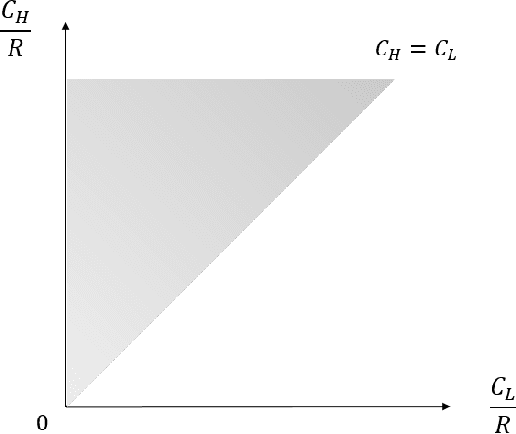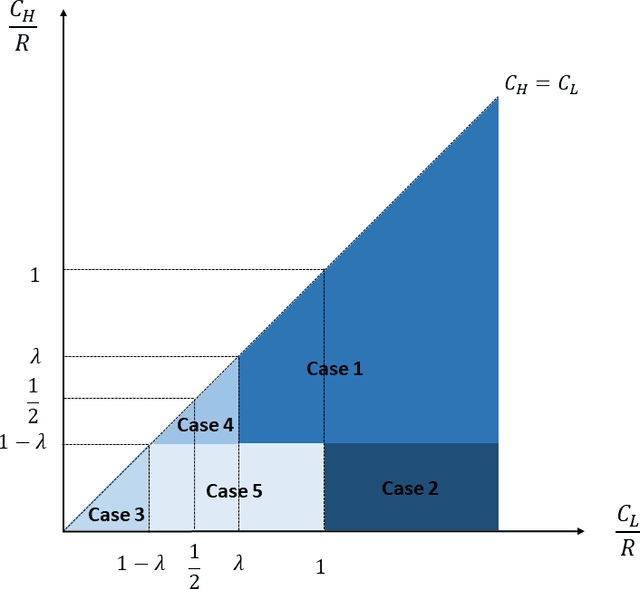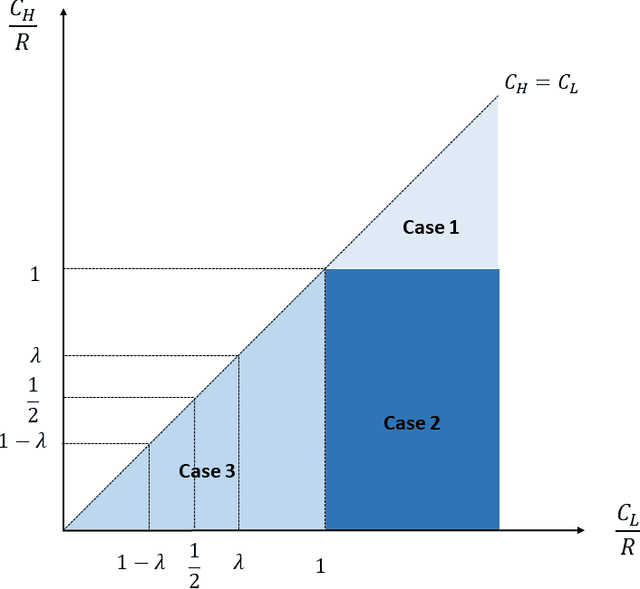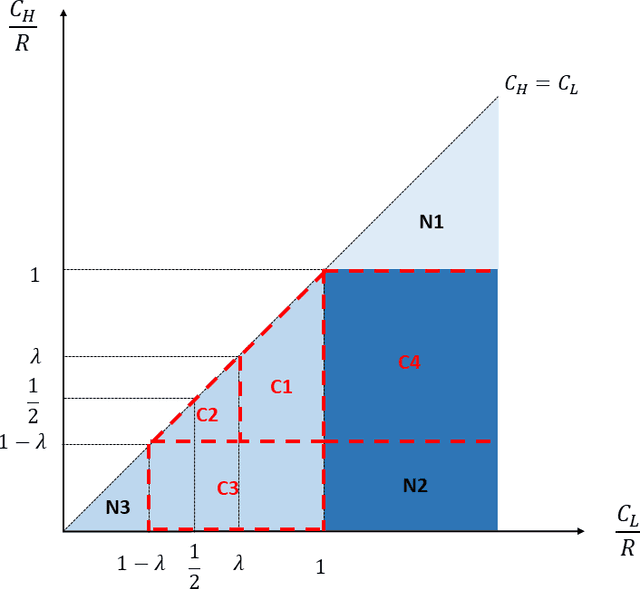Qiaochu Wang
Explainable AI for Accelerated Microstructure Imaging: A SHAP-Guided Protocol on the Connectome 2.0 scanner
Sep 11, 2025Abstract:The diffusion MRI Neurite Exchange Imaging model offers a promising framework for probing gray matter microstructure by estimating parameters such as compartment sizes, diffusivities, and inter-compartmental water exchange time. However, existing protocols require long scan times. This study proposes a reduced acquisition scheme for the Connectome 2.0 scanner that preserves model accuracy while substantially shortening scan duration. We developed a data-driven framework using explainable artificial intelligence with a guided recursive feature elimination strategy to identify an optimal 8-feature subset from a 15-feature protocol. The performance of this optimized protocol was validated in vivo and benchmarked against the full acquisition and alternative reduction strategies. Parameter accuracy, preservation of anatomical contrast, and test-retest reproducibility were assessed. The reduced protocol yielded parameter estimates and cortical maps comparable to the full protocol, with low estimation errors in synthetic data and minimal impact on test-retest variability. Compared to theory-driven and heuristic reduction schemes, the optimized protocol demonstrated superior robustness, reducing the deviation in water exchange time estimates by over two-fold. In conclusion, this hybrid optimization framework enables viable imaging of neurite exchange in 14 minutes without loss of parameter fidelity. This approach supports the broader application of exchange-sensitive diffusion magnetic resonance imaging in neuroscience and clinical research, and offers a generalizable method for designing efficient acquisition protocols in biophysical parameter mapping.
PartHOI: Part-based Hand-Object Interaction Transfer via Generalized Cylinders
Apr 29, 2025Abstract:Learning-based methods to understand and model hand-object interactions (HOI) require a large amount of high-quality HOI data. One way to create HOI data is to transfer hand poses from a source object to another based on the objects' geometry. However, current methods for transferring hand poses between objects rely on shape matching, limiting the ability to transfer poses across different categories due to differences in their shapes and sizes. We observe that HOI often involves specific semantic parts of objects, which often have more consistent shapes across categories. In addition, constructing size-invariant correspondences between these parts is important for cross-category transfer. Based on these insights, we introduce a novel method PartHOI for part-based HOI transfer. Using a generalized cylinder representation to parameterize an object parts' geometry, PartHOI establishes a robust geometric correspondence between object parts, and enables the transfer of contact points. Given the transferred points, we optimize a hand pose to fit the target object well. Qualitative and quantitative results demonstrate that our method can generalize HOI transfers well even for cross-category objects, and produce high-fidelity results that are superior to the existing methods.
Algorithmic Transparency with Strategic Users
Aug 21, 2020



Abstract:Should firms that apply machine learning algorithms in their decision-making make their algorithms transparent to the users they affect? Despite growing calls for algorithmic transparency, most firms have kept their algorithms opaque, citing potential gaming by users that may negatively affect the algorithm's predictive power. We develop an analytical model to compare firm and user surplus with and without algorithmic transparency in the presence of strategic users and present novel insights. We identify a broad set of conditions under which making the algorithm transparent benefits the firm. We show that, in some cases, even the predictive power of machine learning algorithms may increase if the firm makes them transparent. By contrast, users may not always be better off under algorithmic transparency. The results hold even when the predictive power of the opaque algorithm comes largely from correlational features and the cost for users to improve on them is close to zero. Overall, our results show that firms should not view manipulation by users as bad. Rather, they should use algorithmic transparency as a lever to motivate users to invest in more desirable features.
 Add to Chrome
Add to Chrome Add to Firefox
Add to Firefox Add to Edge
Add to Edge